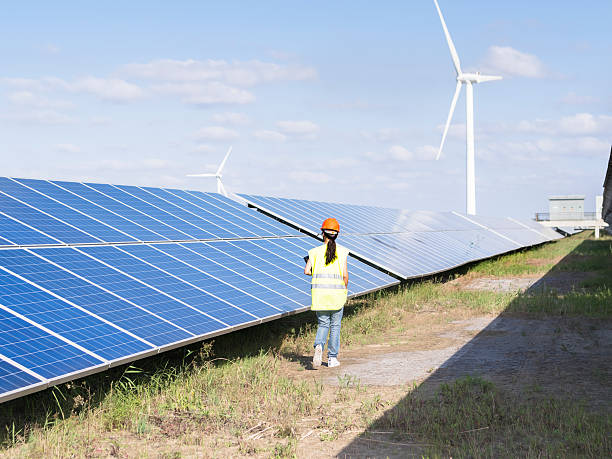
Companies and states that do not switch to sustainable energy sources today are falling behind in international recognition, brand values, and perceptions of consumers and people. The annual celebration of Environment Day is not enough.
A World Economic Forum Report from late 2016 stated that more than 30 countries have achieved solar parity. In these countries, adding a solar generator is cheaper than adding another fossil fuel. Apple and Johnson & Johnson are among the companies that have taken up the green cause. Business leaders are responsible for revolutionizing the way homes, businesses, and industries are powered. Luminous, India’s top provider of home solar, is educating homeowners about the benefits of quality installations in order to save them money over the long term.
The Choice Between Wind and Solar
Currently, the two greenest energy options for businesses and nations are solar and wind. Initially, wind power was a popular choice due to the investments made by countries like the US and the EU. However, in recent years, the cost-benefits of wind farms have been ‘dwindling.’ The cost-effectiveness of solar energy setups has led to a new era for clean energy.
In India, solar power has been a rising force. During the auctions of energy for solar power plants, India broke many records. Solar power is receiving tax breaks and subsidies all around the world. India is once again at the forefront of green energy, providing solar grants to rural and urban homeowners.
Solar power also wins the green energy battle over wind because it is more space-efficient. Imagine buying a rooftop turbine for your home in NCR, but you can easily buy a solar rooftop setup in Delhi. It might be possible in the future to integrate solar panels into the construction of buildings. This is a logical progression, given the technology that exists today.
In conclusion, it is clear that solar energy will be the f power for the rest the world. Wind farms are still relevant iof n countries where there is a lower population density, but the geographical area they cover is large. Solar energy is especially attractive in South-East Asia, where the population density is high, and there are many sunny days.
